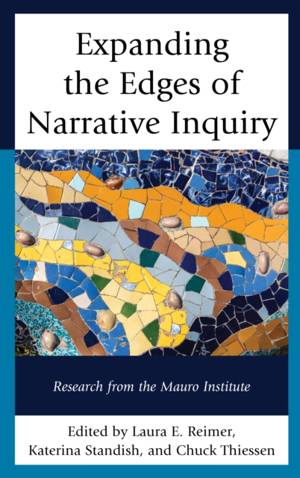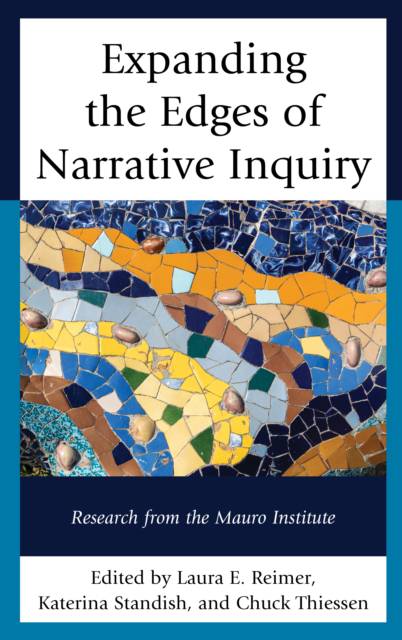
- Afhalen na 1 uur in een winkel met voorraad
- Gratis thuislevering in België vanaf € 30
- Ruim aanbod met 7 miljoen producten
- Afhalen na 1 uur in een winkel met voorraad
- Gratis thuislevering in België vanaf € 30
- Ruim aanbod met 7 miljoen producten
Zoeken
Expanding the Edges of Narrative Inquiry
Research from the Mauro Institute
Laura E Reimer, Katerina Standish, Chuck Thiessen
Hardcover | Engels
€ 198,45
+ 396 punten
Omschrijving
This volume presents ground breaking research from the innovative, narrative-based scholarship from Canada's highly respected Arthur V. Mauro Institute for Peace and Justice. Applicable to scholars across the world, the studies elevate and explore diverse conflict experiences in ways that until now, have not been readily accessible.
Specificaties
Betrokkenen
- Auteur(s):
- Uitgeverij:
Inhoud
- Aantal bladzijden:
- 278
- Taal:
- Engels
Eigenschappen
- Productcode (EAN):
- 9781498591287
- Verschijningsdatum:
- 29/11/2019
- Uitvoering:
- Hardcover
- Formaat:
- Genaaid
- Afmetingen:
- 152 mm x 229 mm
- Gewicht:
- 580 g

Alleen bij Standaard Boekhandel
+ 396 punten op je klantenkaart van Standaard Boekhandel
Beoordelingen
We publiceren alleen reviews die voldoen aan de voorwaarden voor reviews. Bekijk onze voorwaarden voor reviews.











